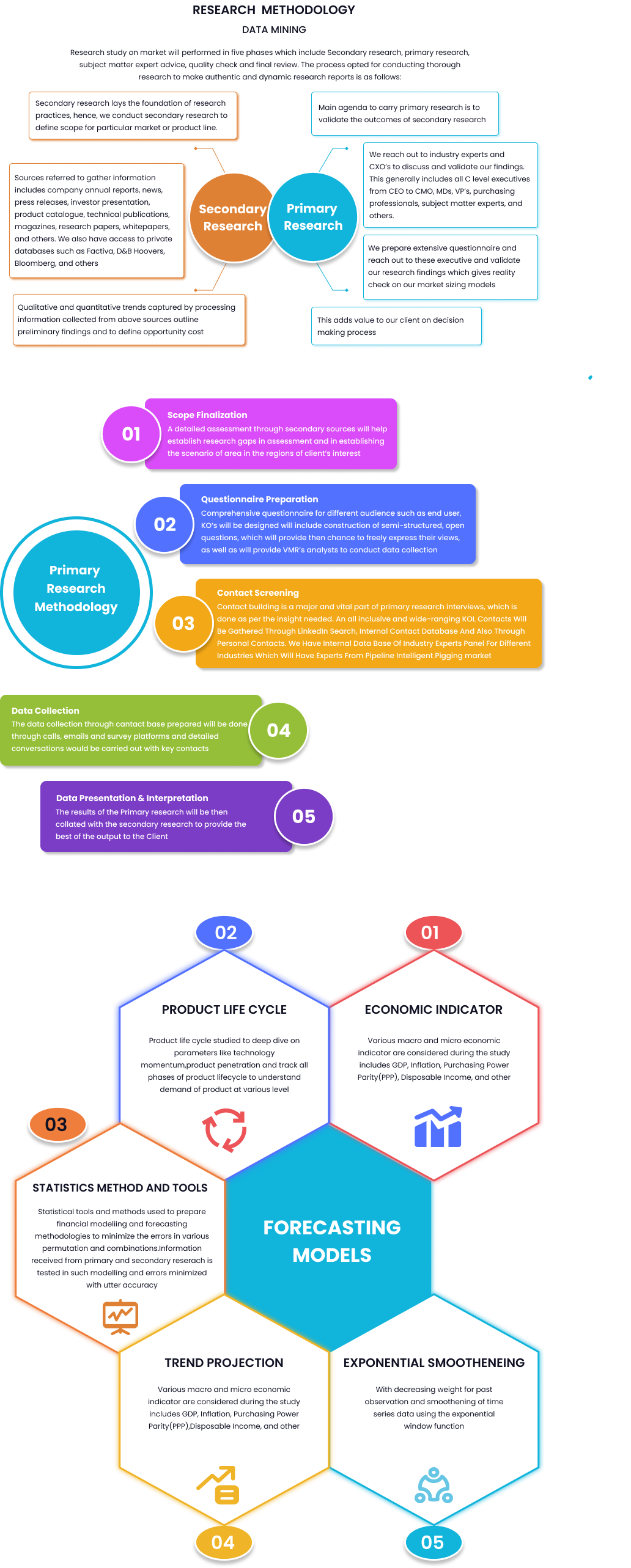
Global Residential Smoke Alarm Market By Type (Photoelectric Smoke Alarms, Ionization Smoke Alarms, Combination Smoke Alarms), By Application (Home Smoke Alarm, Public Places Smoke Alarm), By Region,...
Report Id: 44322 | Published Date: Aug 2024 | No. of Pages: 200 | Base Year for Estimate: Aug 2024 | Format:
Smoke detectors are designed to detect fires based on the type, density and volume of smoke produced during any combustive incident. Furthermore, stringent government standards imposed on commercial, residential and industrial constructions have forced construction vendors to align projects with fire and safety standards, propelling the smoke detector market forward.
The global residential smoke alarm market was valued at USD 2.6 billion in 2023 and is projected to reach USD 5.21 billion in 2032, growing at a CAGR of 6.8% from 2023-2032. The demand for smoke and fire detection devices has increased as a result of technological advancements in the construction industry and the subsequent expansion of infrastructure in many developed and emerging countries. The use of these safety devices has increased the safety quotient in infrastructures.
Global Residential Smoke Alarm Market Dynamics:
Drivers: Focus on fire safety regulations, rising urbanization and advancements in technology.
-Stringent fire safety regulations and building codes in many countries mandate the installation of smoke alarms in residential dwellings. This ensures basic fire safety measures are in place.
-The expanding global population, particularly in urban areas with high-density housing, increases demand for smoke alarms in new residential constructions and existing buildings.
-Advancements in smoke detection technology, such as dual-sensor alarms (photoelectric and ionisation), wireless interconnected systems, and integration with smart home platforms, enhance safety and convenience.
Restraints: Cost considerations, limited replacement culture and challenges in older buildings.
-While smoke alarms are a relatively inexpensive safety device, cost can be a barrier for some consumers, particularly in budget-constrained households or developing economies.
-Smoke alarms have a lifespan of 8-10 years and need to be replaced. Raising awareness about timely replacements and proper disposal of expired devices is essential.
-Retrofitting existing buildings with smoke alarms, especially older structures, can be challenging due to wiring limitations or building layout complexities.
Opportunities: Focus on long-life battery options, government subsidiaries and focus on multi-functional smoke alarms.
-Developing smoke alarms with long-lasting lithium batteries or self-testing features can reduce maintenance needs and improve user convenience.
-Government subsidies or public-private partnerships can make smoke alarms more accessible for low-income households, promoting wider adoption for enhanced fire safety.
-Developing smoke alarms with combined carbon monoxide (CO) detection capabilities provides additional safety against another common fire-related hazard.
Market By Residential Smoke Alarm Type Insights:
Based on type, the market is segmented into Battery-powered smoke detectors, hardwired smoke detectors, wireless interconnected smoke detectors and Z-wave smoke detectors. Battery-powered smoke detectors generate a major portion of the revenue. This can be attributed to the detector’s cost-effectiveness & ease of installation, portability and wide availability.
Based on technology, the market is segmented into Ionization, Photoelectric, Dual Sensor and others. Photoelectric smoke detectors are more popular in the market as they are more effective at slow-burning, smouldering fires that are more common in residential settings and modern detectors offer improved sensitivity with fewer false alarms.
Market By End-Use Insights:
Based on end-use, the residential segment is expected to remain the dominant end-use market in 2024 primarily because building codes in most countries mandate smoke alarm installation in residential dwellings and play a critical role in safeguarding lives and property within homes.
Market By Region Insights:
Based on regional coverage, the market is segmented into North America, Europe, Asia-Pacific, Latin America, Middle East and Africa. North America dominates the market because of its well-established fire safety regulations, high awareness regarding the importance of fire safety, well-developed smoke-alarm market coupled with established distribution channels.
Competitive Scenario:
Major players in the region include Johnson Controls, Huawei, Honeywell International Inc., Siemens. Robert Bosch. Schneider Electric, United Technology Corporation, ABB, Hochiki Corp. and Nest.
Scope Of Work-Global Residential Smoke Alarm Market
Key Market Developments:
December 2020- Honeywell Inc. has announced a collaboration with Sine Group, a technology and software service company based in Adelaide, Australia that provides mobile-friendly supply chain solutions as well as visitor management and workplace services.
January 2022- Kidde launched their Smoke+Carbon Monoxide Alarm consisting of several smart features including Wifi connectivity that can be administered via a new mobile app.
April 2021-The demand for smoke and fire detection devices has increased as a result of technological advancements in the construction industry and the subsequent expansion of infrastructure in many developed and emerging countries. The use of these safety devices has increased the safety quotient in infrastructures.
Frequently Asked Questions (FAQs)
What is the size of the global residential smoke alarm market?
Ans. As of 2023, the global residential smoke alarm market is valued at approximately USD 2.6 billion.
What are the key drivers of the residential smoke alarm market?
Ans. Key drivers include a focus on fire safety regulations, rising urbanization and advancements in technology.
What are the major challenges in the residential smoke alarm market?
Ans. Challenges include cost considerations, limited replacement culture and challenges in older buildings.
What are the growth opportunities in the residential smoke alarm market?
Ans. Opportunities include a focus on long-life battery options, government subsidiaries and focus on multi-functional smoke alarms.

Speak with an analyst to get exclusive insights tailored to your needs

